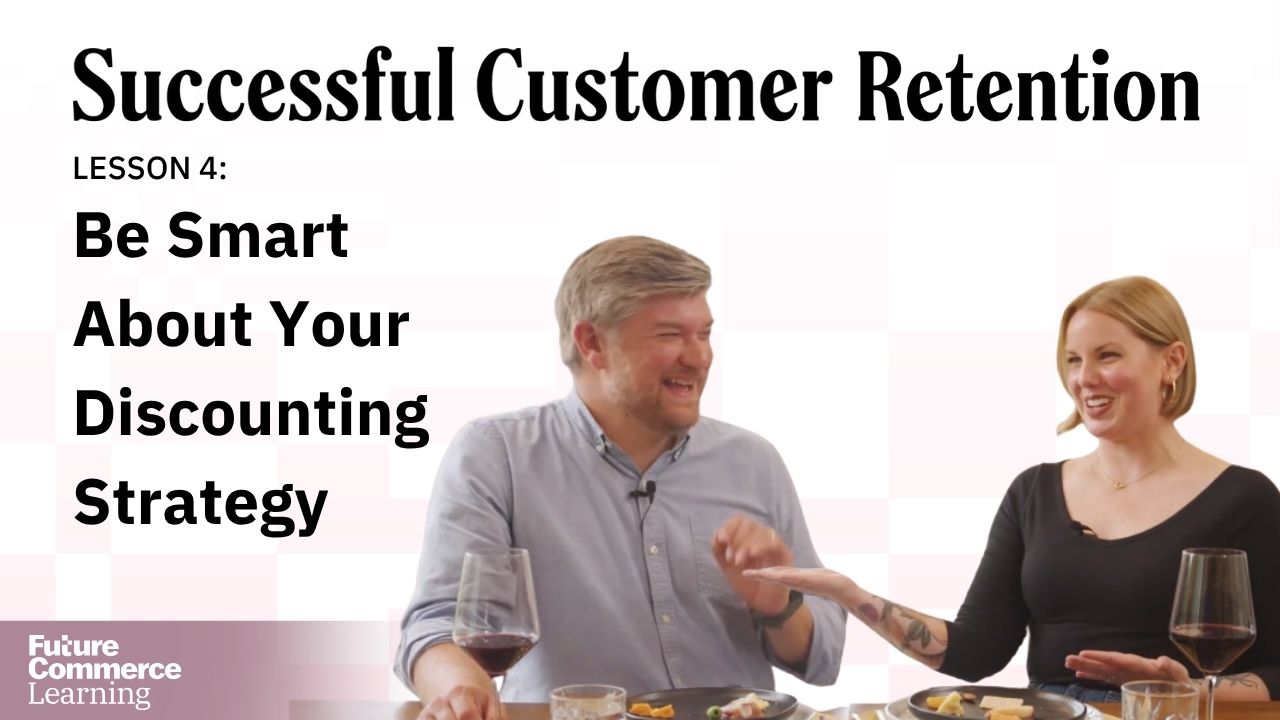
Loyalty isn’t about perks or programs. Learn how product quality, pricing, and brand integrity work together to build customer trust and long-term retention.
You can’t market your way into loyalty. It’s earned, one kept promise at a time. In this lesson, we’ll explore the invisible design behind lasting customer relationships—how product quality, pricing integrity, brand alignment, and fulfillment experience all work together to build trust. Loyalty isn’t a campaign; it’s the cumulative effect of doing what you say you’ll do, every single time
Lesson Contents
Look at your current marketing calendar. Does your brand offer four campaigns to help boost sales?
If no: Think about your product. Where would it make sense to manufacture a moment?
If yes: How can you use this theory to make your campaigns more successful?

Loyalty isn’t about perks or programs. Learn how product quality, pricing, and brand integrity work together to build customer trust and long-term retention.
Those things we shouldn’t say out loud? We say them on the private feed. Bi-weekly “after dark” podcasts and a members-only newsletter, just for subscribers.
Our research reports combine visionary thinking with data-backed findings from our own advisory panel, made up of leaders at brands you know and trust.
Upskill, cross-skill, and future-proof your teams with Future Commerce Learning, the leading digital eCommerce learning platform, created by professional educators.
You can’t market your way into loyalty. It’s earned, one kept promise at a time. In this lesson, we’ll explore the invisible design behind lasting customer relationships—how product quality, pricing integrity, brand alignment, and fulfillment experience all work together to build trust. Loyalty isn’t a campaign; it’s the cumulative effect of doing what you say you’ll do, every single time
Lesson Contents
Look at your current marketing calendar. Does your brand offer four campaigns to help boost sales?
If no: Think about your product. Where would it make sense to manufacture a moment?
If yes: How can you use this theory to make your campaigns more successful?